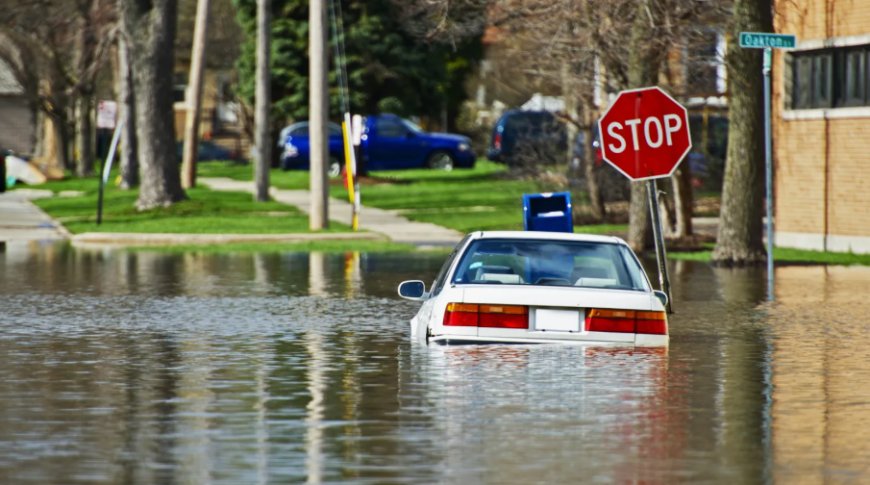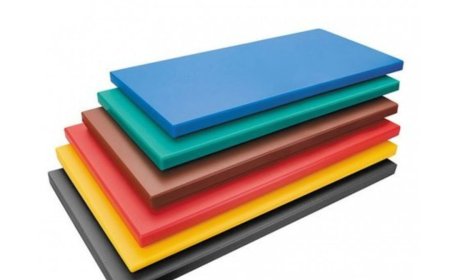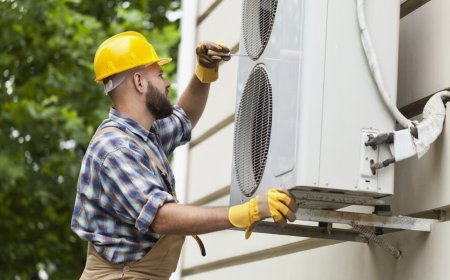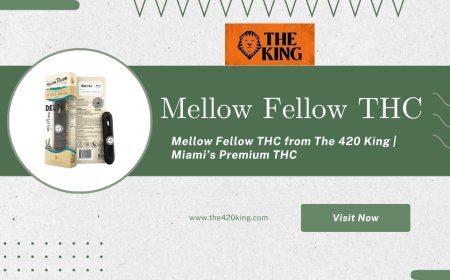Flood Damage Insurance Explained: Everything You Need to Know
Know exactly what’s protected and what’s not under a flood damage insurance policy before the next storm hits your home.

Flooding can happen suddenlyfrom heavy rains, hurricanes, melting snow, or broken water systems. When water enters your home, it can destroy floors, walls, furniture, and even foundations. Recovering from this kind of damage is stressful and expensive. Thats why flood damage insurance is such a smart investment. It helps you recover without draining your savings. In this blog, well explore what flood insurance covers, who needs it, how it works, and what to look out for. Lets make it simple so you can feel more confident and prepared.
What Is Flood Damage Insurance and Why Does It Matter?
Flood damage insurance is a special type of policy that protects your home and belongings from water damage caused by floods. Its different from standard homeowners insurance, which usually does not cover flooding from natural causes.
Flood insurance matters because floods can cause thousandseven tens of thousandsof dollars in damage. Whether you live near a river, a coastline, or even a city street with poor drainage, you could be at risk.
Who Needs Flood Damage Insurance?
Many people think they dont need flood coverage because they dont live near water. But according to FEMA, over 20% of flood claims come from people in low or moderate-risk areas.
If your property has ever had water pooling in the yard, a basement that gets damp, or sits in a flat area, flood insurance is worth considering. In fact, if you have a government-backed mortgage and live in a high-risk zone, you may be required to carry it.
What Does Flood Insurance Actually Cover?
Flood insurance usually breaks down into two parts: building coverage and personal property coverage.
-
Building coverage includes your homes structure, foundation, HVAC system, electrical, plumbing, and appliances.
-
Personal property coverage includes furniture, clothing, electronics, and valuables inside your home.
However, not everything is covered. For example, cash, vehicles, and outdoor furniture may not be protected. Always read the policy details to know exactly what is and isn't included.
How to Buy Flood Damage Insurance
You can get flood damage insurance through two sources:
-
The National Flood Insurance Program (NFIP) run by FEMA.
-
Private insurance companies that offer broader or more flexible plans.
If youre unsure which option is best, speak to an insurance agent who understands flood zones and risk levels. Youll need to provide your address, flood zone status, and property details to get a quote.
How Claims Work After a Flood
If a flood damages your property, heres what to do:
-
Act fast. Contact your insurer as soon as its safe.
-
Document the damage. Take clear photos and videos.
-
List your losses. Include item values and purchase dates if possible.
-
Wait for an adjuster. Theyll inspect your property and create a damage report.
-
Follow up. Keep in touch until your claim is processed.
A smooth claim often depends on how well you document the damage. Keeping receipts and a home inventory list helps speed up the process.
Understanding Policy Limits and Waiting Periods
Most NFIP policies have a 30-day waiting period before they become active. That means you can't wait until a storm is on the way to buy a policyits important to plan ahead.
Coverage limits also apply. NFIP typically offers up to $250,000 for the structure and $100,000 for contents. If your home and possessions are worth more, a private insurer may offer higher limits.
Flood Prevention: What You Can Do Now
While flood damage insurance is key, there are also ways to reduce the risk before disaster strikes:
-
Raise appliances and electrical outlets above base flood level.
-
Seal foundation cracks and basement walls.
-
Install sump pumps with backup power.
-
Grade your yard to direct water away from the home.
-
Use flood-resistant materials in basements or lower floors.
These steps wont stop floods but can reduce how much damage they causeand possibly lower your insurance premium.
FAQs
Q1: Is flood insurance required by law?
Not always. Its only mandatory if you live in a high-risk flood area and have a federally-backed mortgage.
Q2: Does renters insurance cover flood damage?
No. Renters need to buy separate flood insurance to protect their personal belongings.
Q3: Can businesses buy flood insurance too?
Yes. Both small and large businesses can purchase flood coverage through NFIP or private companies.
Q4: What happens if I dont buy flood insurance and my home floods?
Youll have to pay for all repairs and replacements yourself unless you qualify for federal disaster reliefwhich usually comes as a loan, not a grant.
Q5: Is there a deductible?
Yes, flood insurance policies usually have deductibles. You can choose the amount, but a higher deductible typically lowers your premium.
Conclusion: Be Prepared Before the Storm
Floods can strike with little warning and cause long-term damage to your home and finances. Having flood damage insurance gives you the peace of mind that youre financially protected, even in the worst-case scenario. From knowing what your policy covers to filing a claim and reducing risk, a little preparation today can save you thousands tomorrow. Dont wait until its too lateevaluate your risk and get covered now.








































